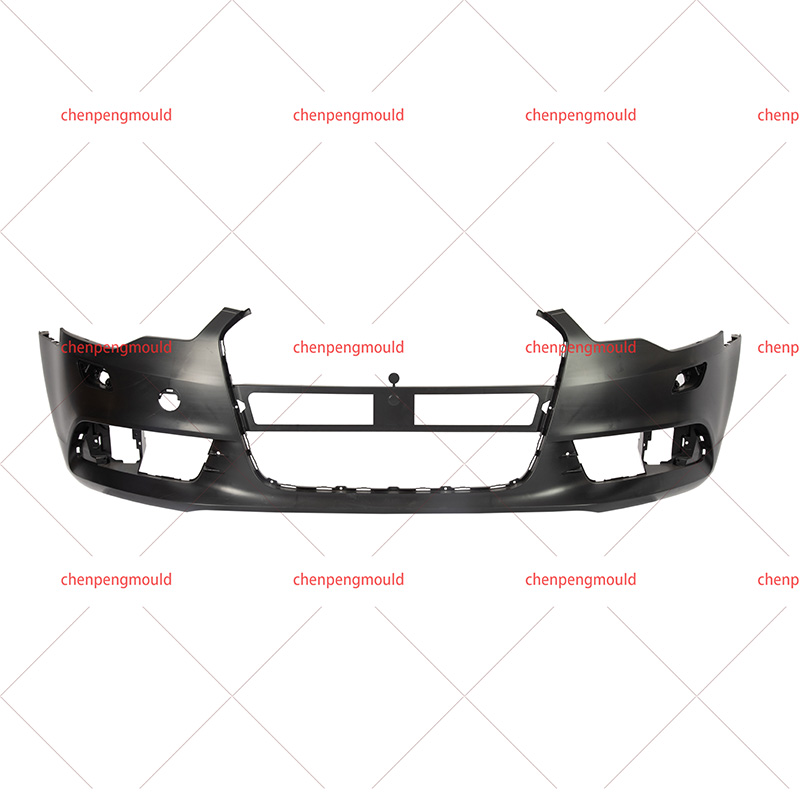China Car Bumper injection Moulding Molds Manufacturer Factory
In the fast-paced world of modern industry, the demand for high-quality, durable, and cost-effective products is ever-increasing. One of the unsung heroes in this quest for excellence is the humble bumper mold. While it may not be the thing that comes to mind when discussing industrial manufacturing, the significance of bumper molds in the production of automotive and other related industries cannot be overstated.
The Evolution of Bumper Molds
Bumper molds have come a long way since the early days of the automotive industry. Initially, bumpers were simple metal bars designed to absorb impact and protect the vehicle's body. However, with the advent of plastics and advanced manufacturing techniques, the design and function of bumpers have evolved significantly. Today, bumper molds are intricate tools that shape the complex geometries of modern bumpers, which are not only protective but also aesthetic and integral to the vehicle's design.
The Importance of Bumper Molds in Automotive Safety
Safety is a paramount concern in the automotive industry. Bumpers play a crucial role in absorbing and distributing the force of impact during collisions, thereby reducing the risk of injury to passengers and damage to the vehicle. The design and manufacturing of bumpers have been refined over the years to ensure they meet stringent safety standards. Bumper molds are precision tools that enable manufacturers to produce bumpers with the exact specifications required for performance in crash tests and real-world scenarios.
Precision and Consistency in Manufacturing
One of the key advantages of using bumper molds is the precision and consistency they bring to the manufacturing process. Molds are designed to produce parts with tight tolerances, ensuring that each bumper is identical in shape, size, and fit. This uniformity is essential for maintaining the structural integrity of the vehicle and for ensuring that replacement parts are interchangeable without the need for modification.
Material Innovations and Bumper Molds
The materials used in bumpers have evolved from simple steel to a variety of plastics, composites, and even advanced alloys. Each material has its own set of properties and manufacturing requirements, which are accommodated by the design of the bumper mold. For instance, the mold for a plastic bumper must be designed to withstand the high pressures and temperatures of the injection molding process, while also ensuring the material flows evenly to fill the mold cavity without creating defects.
Cost-Effectiveness and Sustainability
Bumper molds contribute to the cost-effectiveness of the manufacturing process by allowing for high-volume production with minimal waste. The molds themselves are designed for longevity, reducing the need for frequent replacements and reduce the environmental impact of manufacturing. Additionally, the use of lighter materials in bumpers, such as plastics, can contribute to the overall weight reduction of vehicles, bring about improved fuel efficiency and reduced emissions.
Aesthetics and Design Flexibility
In today's market, consumers expect vehicles not only to be safe and functional but also to have a visually appealing design. Bumper molds enable manufacturers to create bumpers with intricate details and complex shapes that enhance the overall aesthetics of the vehicle. This design flexibility is crucial for differentiating products in a competitive market and for meeting the diverse preferences of consumers.




 +86-18357617666
+86-18357617666








